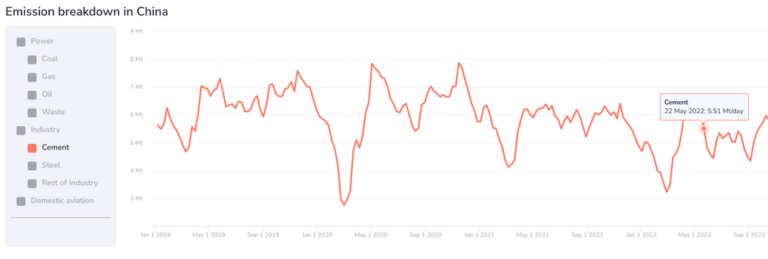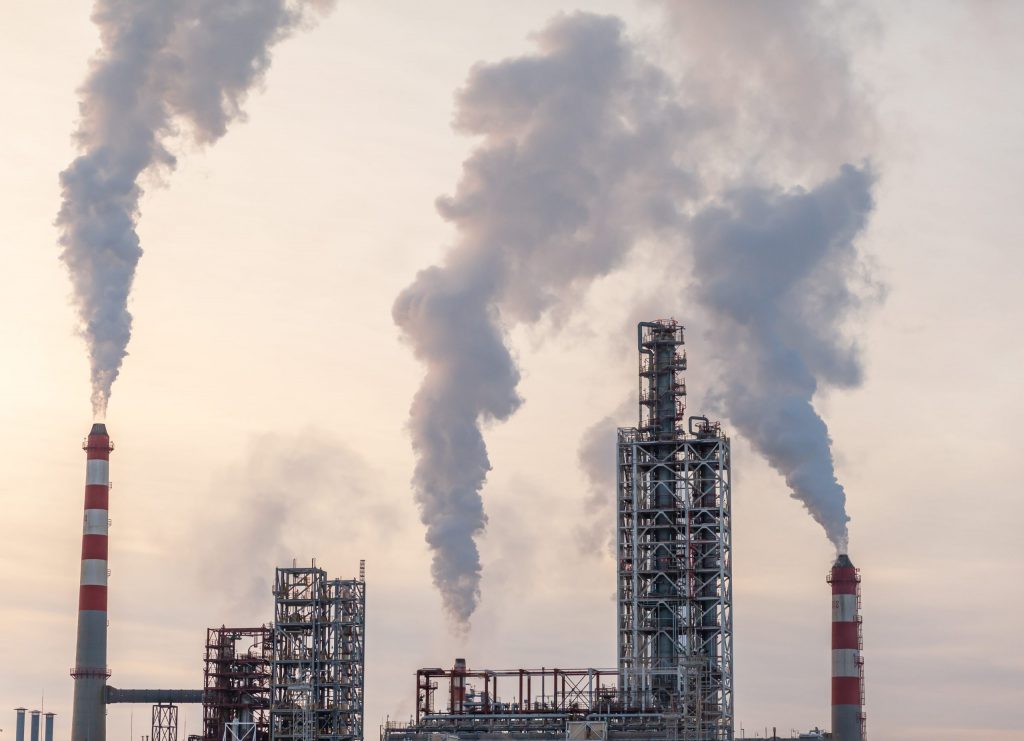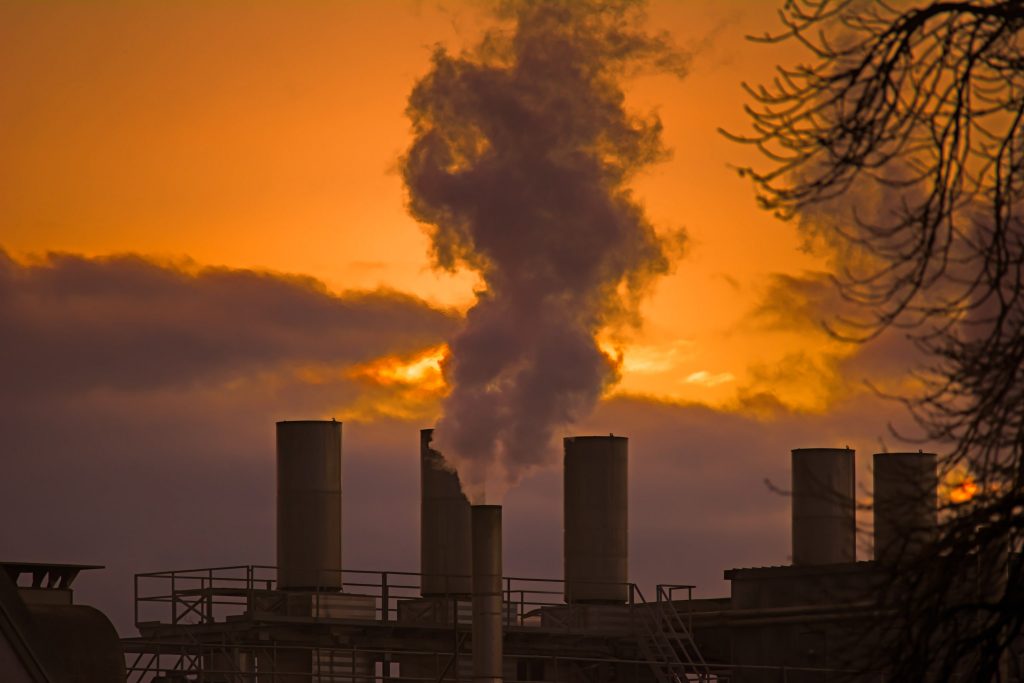
The Kayrros Industrial Activity Monitor brings you critical information on energy-intensive industries worldwide from clinker production for cement, to pig-iron production for steel, and to power production from coal-fired power plants.
Use Cement Watch, Steel Watch and Power Watch to get near-realtime industrial activity data to fill gaps in global energy balances, understand live energy demand and get macroeconomic data in advance of official information.
///

The only industrial activity data based on measurement
Kayrros is the first company to develop a tool providing data on energy-intensive industrial activity in near realtime.

Staying ahead
of the market
Kayrros data precedes lagged, aggregated data from official reporting to provide information ahead of the market.
///
Cement Watch
Delivers near-realtime data on clinker production at plant-level, covering the US, China, Europe, UK, Russia with more geographies to come.


Steel Watch
Provides near-realtime data on pig iron production from steel mills at the plant-level in the US, China, Europe and the UK with other areas to be added.
///

Dashboards
Kayrros provides dashboards for onshore & offshore data with daily updates.

Rest API
Kayrros provides access to its data via REST or Python APIs

Weekly Reports
Kayrros sends regular analysis on industrial activity in weekly Kayrros Eye customer newsletter.
///
Jet Fuel
Demand

Boost your refined product trading strategy with worldwide jet fuel demand analysis covering all civilian flights
Carbon
Watch

Make the best allowance trades with detailed and timely information on physical demand for EU and UK carbon credits
LNG
Intelligence

Crude Oil
Intelligence

Optimize trading decisions with comprehensive, granular near-realtime crude oil inventory measurements
///

Kayrros rises to #30 in Fortune’s ‘Change the World’ 2024 list

The Global Methane Pledge, Three Years On: Partial Progress Report

Kayrros Carbon Watch introduces EU carbon emissions forecasts